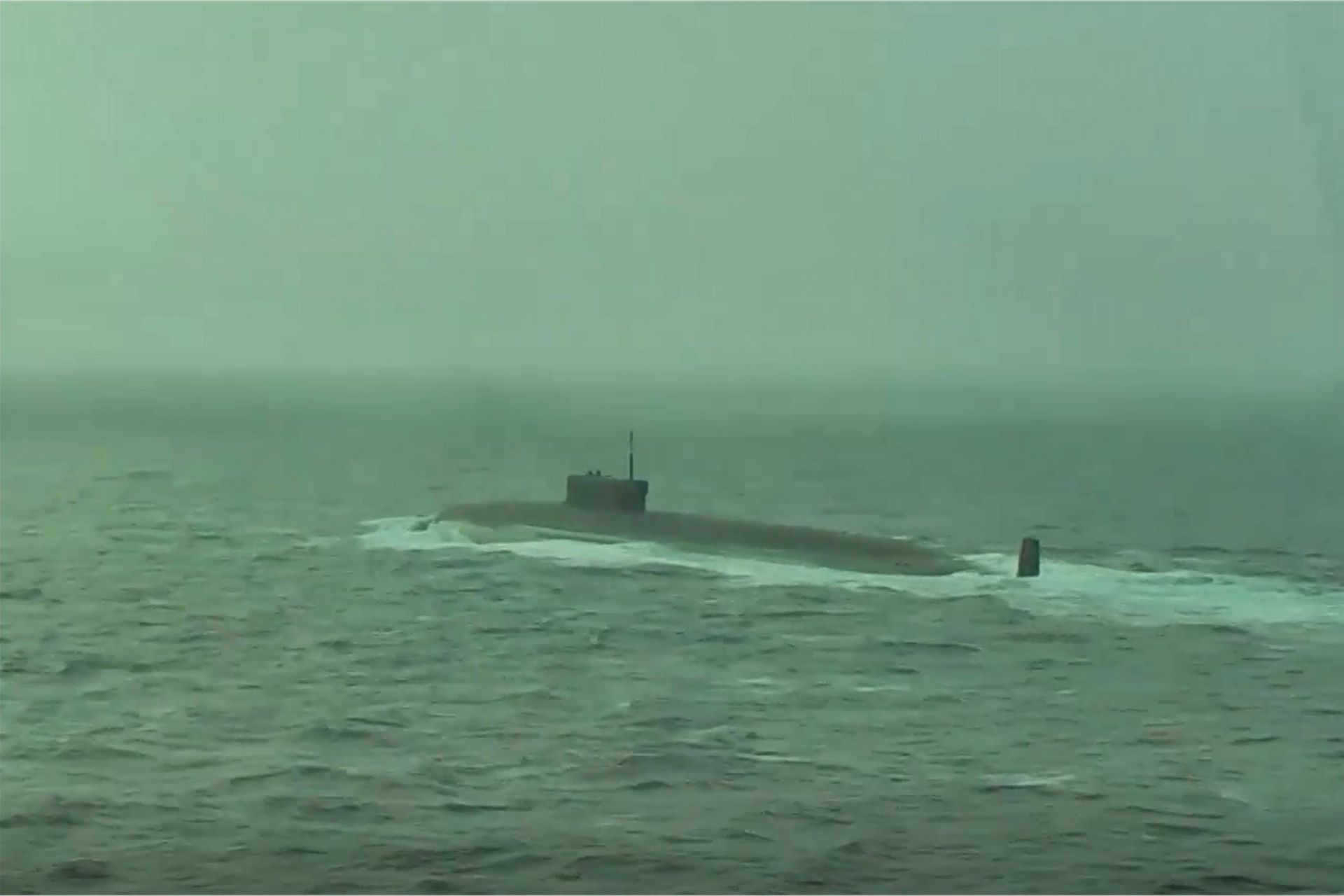Breaking News
Russian nuclear submarines complete 4,000-Mile under-Ice Arctic transit.
According to information published by Tass on September 16, 2024, two Russian nuclear-powered submarines, Project 955A Borei-A Imperator Alexander III and Project 885M Yasen-M Krasnoyarsk, recently completed an under-ice transit in the Arctic, navigating through six Arctic seas under challenging ice conditions.
Follow Army Recognition on Google News at this link

Russian Navy's Project 955A Borei-A submarine Imperator Alexander III. (Picture source: Tass)
The Yasen-M (Project 885M) and Borei-A (Project 955A) classes are both pivotal to Russia’s naval modernization, but they serve markedly different operational roles, reflecting the distinct requirements of tactical and strategic warfare.
The Yasen-M, a nuclear-powered attack submarine (SSGN), is equipped to carry a diverse payload of long-range cruise missiles, including the Kalibr and Oniks, and has been upgraded to incorporate the Zircon hypersonic missile. This configuration enables it to strike a variety of targets—land, sea, and even submarines—at considerable distances. It can carry between 24 and 40 missiles, with its UKSK VLS launch system designed for a broad array of mission profiles. These attack submarines possess 10 torpedo tubes (533mm), augmenting their close-quarters combat capability against other submarines and surface ships.
A major focus of the Yasen-M is its stealth technology. Equipped with advanced sonar systems like the MGK-600 Irtysh-Amfora, the submarine features a spherical bow array that enhances detection capabilities while maintaining minimal noise levels. The hull is constructed primarily from low-magnetic steel, and its noise-reduction techniques, including a modern fourth-generation nuclear reactor, minimize acoustic signatures. Reports suggest the submarine can operate at around 20 to 28 knots in "silent mode," a feature that rivals some of the quietest submarines in the world, such as the U.S. Virginia-class. Moreover, the reactor on the Yasen-M is designed to run for 25-30 years without refueling.
The Borei-A class is a ballistic missile submarine (SSBN), designed for strategic nuclear deterrence. Unlike the Yasen-M's tactical focus, the Borei-A is built to provide Russia with a secure second-strike capability, ensuring retaliatory potential in the event of nuclear conflict. Each Borei-A carries 16 Bulava intercontinental ballistic missiles (SLBMs), with each missile capable of carrying 6-10 warheads, providing a substantial nuclear payload that can be launched from remote underwater positions, safeguarding the submarine from immediate detection.
The Borei-A’s design emphasizes stealth as well, but with a focus on reducing broad-spectrum noise through its pump-jet propulsion system. This feature, a first for Russian submarines, significantly lowers acoustic signatures, allowing it to operate more quietly than previous generations. This class is reputed to be five times quieter than the Akula-class and approximately twice as stealthy as the Virginia-class, although issues with its hydraulic pumps have reportedly affected its long-term noise reduction capabilities. Nonetheless, it is among the quietest SSBNs in the Russian arsenal, designed to evade detection by enemy sonar systems and maintain readiness in the event of a nuclear crisis.


























